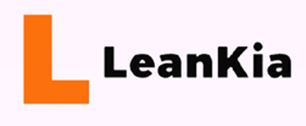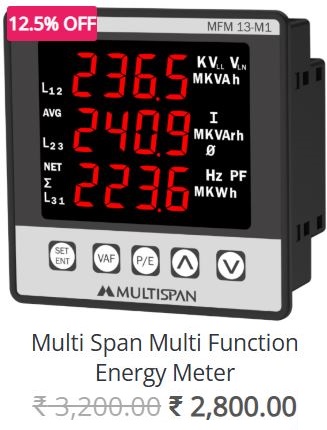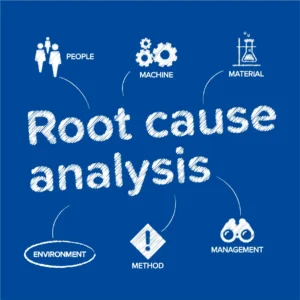Lean manufacturing is a philosophy focused on continuous improvement and the elimination of waste in all aspects of a manufacturing process. This approach has proven to be highly effective in reducing costs, improving efficiency, and increasing productivity. There are many Lean tools that manufacturers can use to help implement and sustain these principles. Here are some of the key Lean tools for manufacturing:
- Lean Manufacturing Tools
Lean manufacturing tools are those that are designed to eliminate waste and improve efficiency. These tools can include methods for inventory management, production planning, and quality control. One of the most widely used Lean manufacturing tools is the value stream map, which helps to identify areas where waste is occurring in the manufacturing process.
- Lean Production Tools
Lean production tools are those that help to improve the production process by reducing waste and increasing efficiency. One of the most widely used Lean production tools is the 5S system, which stands for Sort, Set in Order, Shine, Standardize, and Sustain. This system helps to ensure that the workplace is organized and that everything is in its proper place, which can help to improve efficiency and reduce waste.
- Lean Process Improvement
Lean process improvement involves analyzing and improving the manufacturing process in order to eliminate waste and improve efficiency. This can include tools such as Kaizen, which involves making small, continuous improvements to the production process, and Kanban, which involves using a pull system to manage inventory and production.
- Continuous Improvement Tools
Continuous improvement tools are those that are used to continuously improve the manufacturing process over time. This can include tools such as Plan-Do-Check-Act (PDCA), which is a four-step cycle for continuous improvement, and Six Sigma, which is a data-driven approach to quality control.

- Kaizen Tools
Kaizen tools are those that are used to implement the Kaizen philosophy of continuous improvement. These tools can include methods for identifying areas of waste in the production process, such as value stream mapping, and for implementing small, continuous improvements to eliminate that waste.
- Kanban Tools
Kanban tools are those that are used to implement a pull system for managing inventory and production. This can include tools for visualizing the flow of materials and products through the production process, such as a Kanban board, and for managing the amount of inventory at each stage of the process.
- Value Stream Mapping Tools
Value stream mapping tools are those that are used to create a visual representation of the manufacturing process in order to identify areas of waste and opportunities for improvement. This can include tools such as flow charts, process maps, and value stream maps.
- 5S Tools
5S tools are those that are used to implement the 5S system of workplace organization. This can include tools for sorting, organizing, cleaning, and standardizing the workplace, as well as tools for sustaining those improvements over time.
- Poka-Yoke Tools
Poka-yoke tools are those that are used to prevent errors and defects from occurring in the manufacturing process. This can include tools such as mistake-proofing devices and quality control checklists.
- Six Sigma Tools
Six Sigma tools are those that are used to implement the Six Sigma approach to quality control. This can include tools for data analysis, such as statistical process control charts and process capability analysis tools.
In conclusion, Lean manufacturing tools can be highly effective in reducing waste, improving efficiency, and increasing productivity in the manufacturing process. There are many different Lean tools that manufacturers can use to help implement and sustain these principles, from value stream mapping and Kaizen to 5S and Six Sigma. By using these tools and continually improving the manufacturing process over time, manufacturers can create a more efficient and cost-effective production










 Visit BReVal 5S Store
Visit BReVal 5S Store








